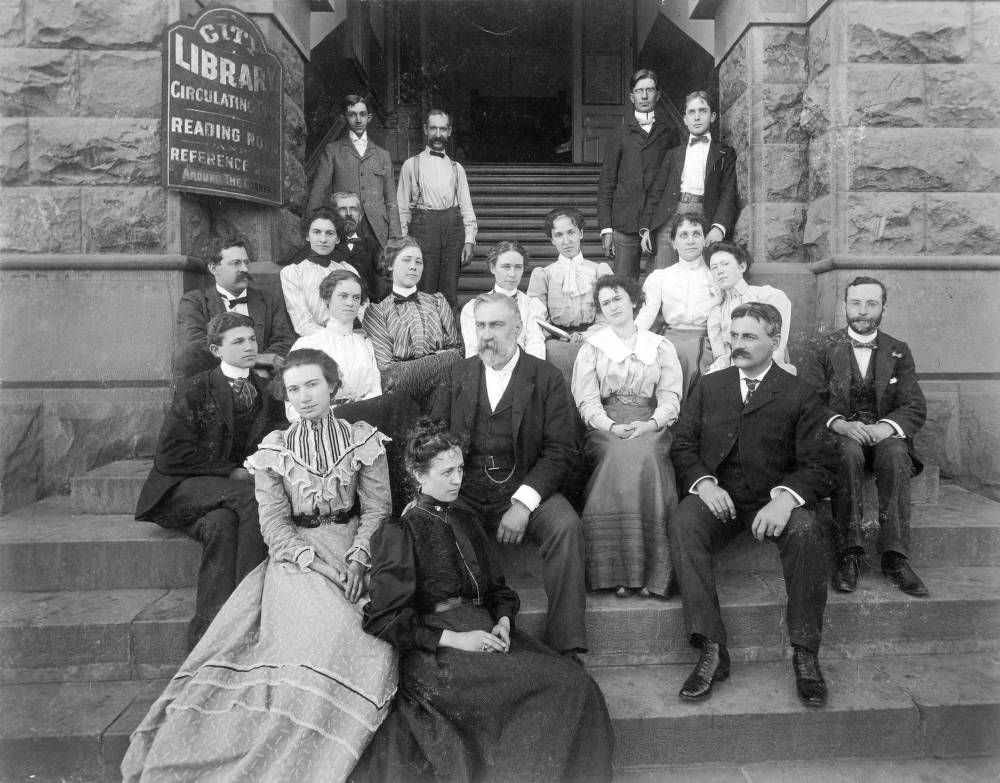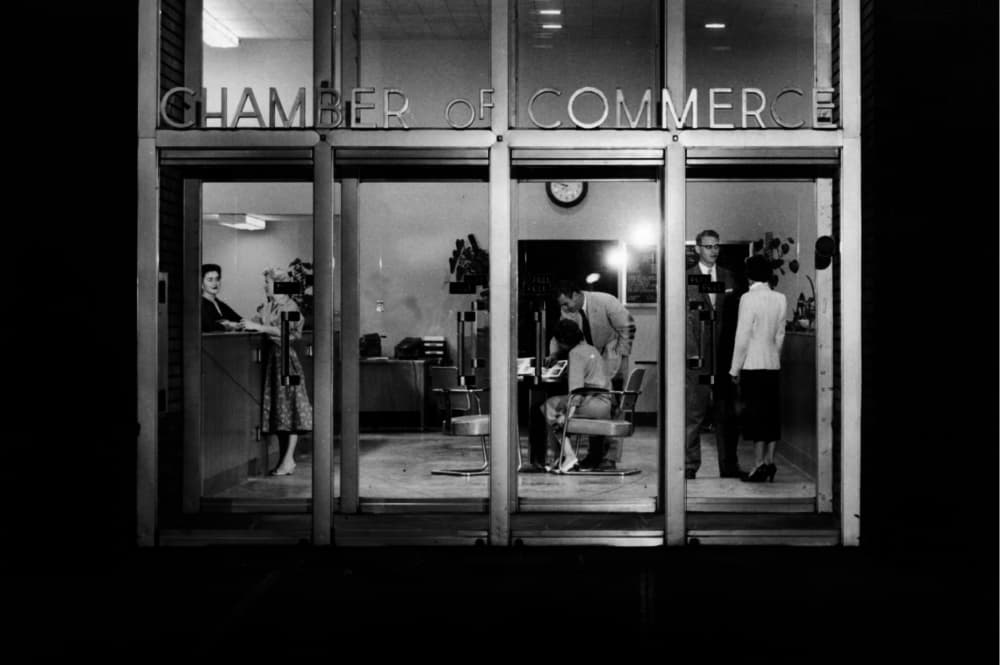
The Denver Metro Chamber of Commerce survived both the Great Depression and the Great Recession.
And in the nearly century and a half since it started, the organization's helped bring both trains and airplanes to the Mile High City. On Nov. 13, the chamber will celebrate its 150th anniversary of working on behalf of the area business community.
The Denver Metro Chamber of Commerce claims the title of "the longest continuously operating organization in Colorado." We take a look at other companies and nonprofits that supported and shaped Denver over the years in our Chart of the Week.
Organizations like the Denver Metro Chamber of Commerce change over time to reflect what's going on in Denver, said Kelly Brough, president and CEO of the chamber.
Brough became the first woman to take the lead role at the chamber in 2009, signaling the city's growing leadership opportunities for women and minorities.
She appreciates part of her role with the chamber is spurring change and not waiting for it. Over its history, the chamber has stepped up financially to support causes it viewed as beneficial for Denver as was the case with the city's first public library in the 19th Century and FasTracks in the early 2000s.
Staff at the chamber combed through city and state records to make sure it's the oldest organization standing in Denver. Because groups change their names over time or move or merge or fold and start over again, records highlighting how long a really old company has been around can be incomplete.
For the below list, Denverite looked at records from the Colorado Secretary of State's Office and research from the Western History/Genealogy Department at the Denver Public Library. If you feel we’ve left something off, email us at [email protected].
9 of the oldest organizations in Denver and why they matter
Watkins Stained Glass — 1881
We're jumping pretty far down on the list, skipping many churches and nonprofits, to get to what appears to be the oldest Denver (area) business. Watkins Stained Glass was listed in Denver's business directory in 1881. The company spans four generations of glass makers and has handled projects for Denver institutions like the Brown Palace. Today, the company is based out of Englewood.
Others on the list of oldest businesses in Denver include The Oxford Hotel (1891) managed by Denver-based Sage Hospitality; The Denver Post (1892) owned by Denver-based Digital First Media; the Brown Palace Hotel (1892) owned by Dallas-based Trammel Crow affiliate Crow Holdings Capital Partners; and Buckhorn Exchange (1893) owned by Denver-based Buckhorn Associates.
Source: Wakins Stained Glass; Denver Public Library
Temple Emanuel — 1874
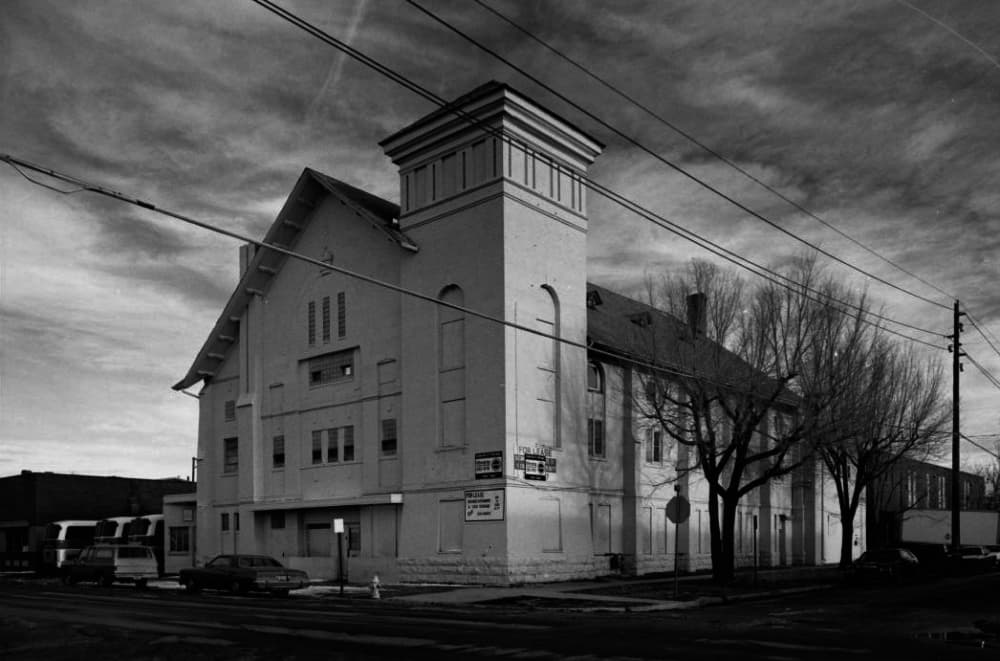
Temple Emanuel has played a key role over the last 143 years serving Denver's Jewish residents. It’s early beginnings lie in a burial and prayer society that organized in 1866. The congregation was later officially incorporated by 22 members in 1874. Temple Emanuel continued growing and needing more space, eventually moving to its current home at 51 Grape St. in Hilltop in 1960. The building was later expanded in the '80s and now serves about 2,000 families.
Souce: Temple Emanuel
The Argyle —1875
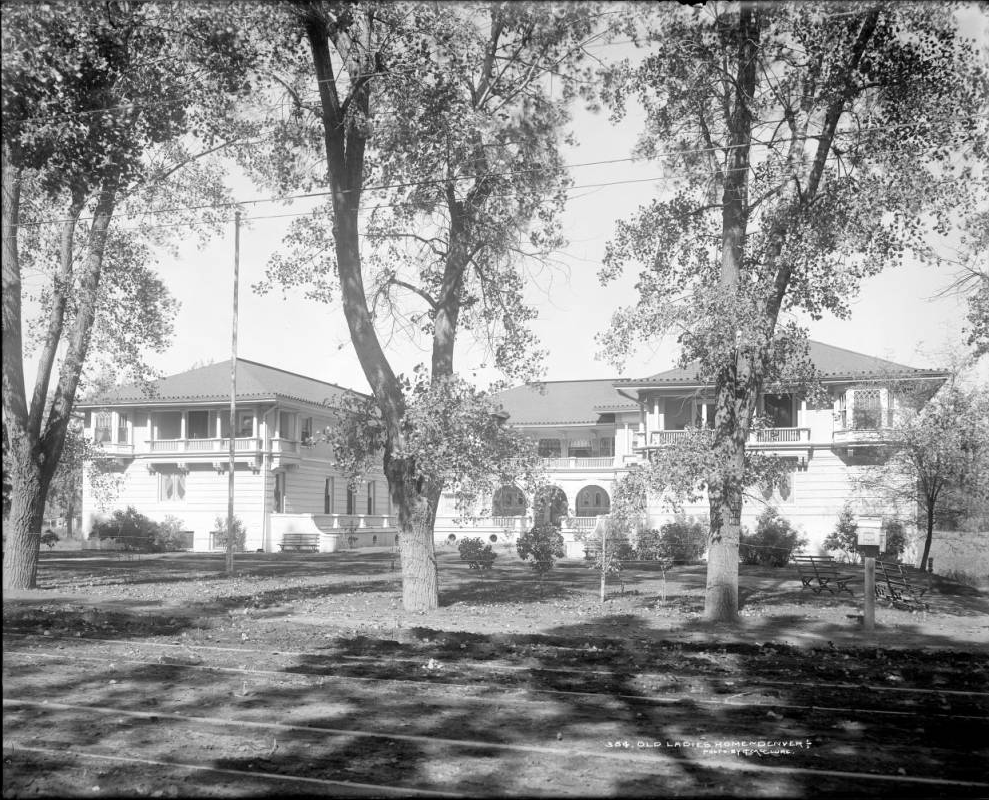
The Argyle began as a facility for elderly women in 1875, with the philosophy that those who could financially afford to pay for care paid, and those who were not financially able were taken care of without charge. The Ladies Relief Society of Denver originally had the care center in the downtown area but in 1900 built at 4115 W. 38th Ave. in Berkeley. In 1988, the original building was demolished and in 1990, a new building was constructed, adding more rooms for the residents and preserving the historic front facade of the original building. Today, the Argyle operates as a nursing home.
Source: The Argyle; Records from the Colorado Secretary of State's Office showLadies' Relief Society's official incorporation date as Nov. 16, 1874.
First Unitarian Society of Denver — 1871

In 1871, a group responding to an ad in the Rocky Mountain News met in the District Court Room to talk about Unitarianism and thus the First Unitarian Society of Denver was born. In the 1950s, the church moved to its current home at 1400 Lafayette St. Last summer, Denver City Council designated the nearly 116-year-old building a historic landmark, recognizing the society's role housing one of the first gay rights groups in the United States, the Mattachine Society. In recent months, the church provided sanctuary for Jeanette Vizguerra to ensure she was not deported.
Source: First Unitarian Society of Denver
The Denver Press Club — 1867
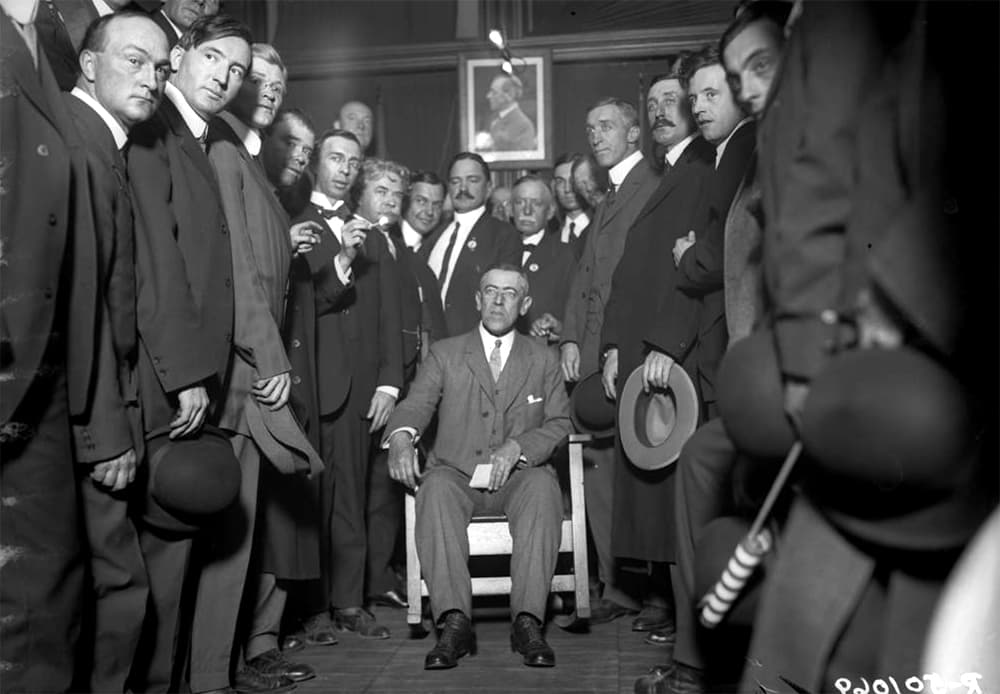
The Denver Press Club was founded on Thanksgiving Day in 1867. At the time, journalists met in the basement of a building owned by former Denver Mayor Wolfe Londoner, the first president of the club. In 1925, the group got its own building near Glenarm Place and 14th Street and started hosting prominent speakers, political leaders, groups and events. Today, the club has about 500 members and still attracts big names like Katie Couric and the creator of "The Wire," David Simon, through its annual Damon Runyon Award.
Source: History Colorado; Full disclosure: The author is a member and on the board of the club.
Denver Metro Chamber of Commerce — 1867

After it was announced that the Union Pacific Railroad would run through Wyoming, leaders from the fledgling Denver City formed the Denver Board of Trade in 1867 to ensure they line did not bypass the area. Seven years later, the organization voted to consolidate with the Denver Chamber of Commerce and adopt that organization's name. Today, the chamber’s members span the state and include 3,000 businesses and their 300,000 employees.
Source: The Metro Denver Chamber of Commerce
University of Denver — 1864
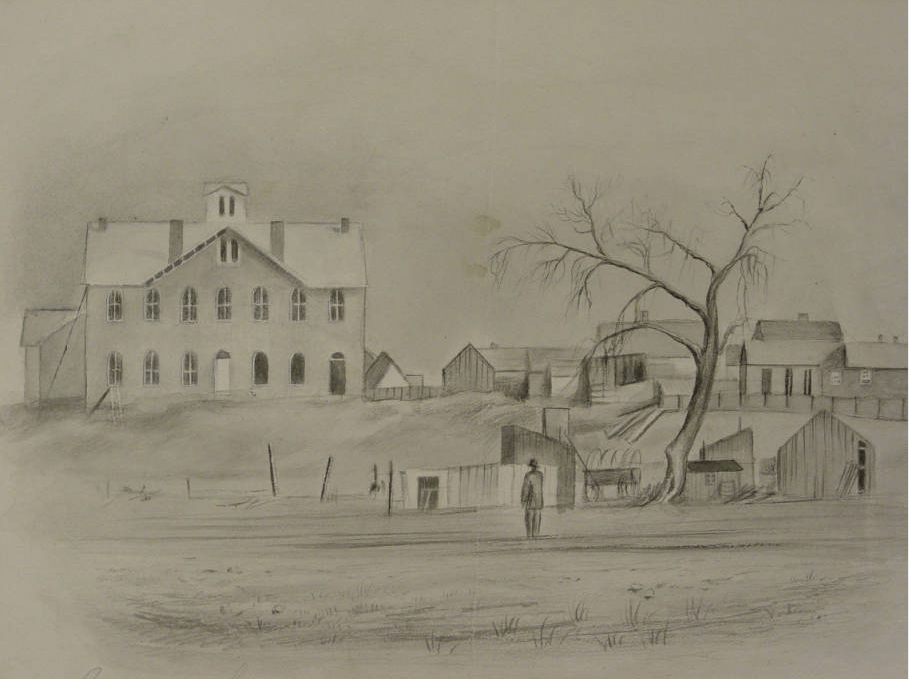
In March 1864, the governor of Colorado, which was then still a territory, John Evans founded the Colorado Seminary with backing from local businessmen and the Methodist Church. A few years later, the seminary closed its doors during the boom and bust days of Denver's gold rush. But in 1880, the seminary re-opened as the University of Denver. In 2016, the school enrolled roughly 11,600 students and supported 678 full-time faculty members.
Source: University of Denver
First Baptist Church of Denver — 1864
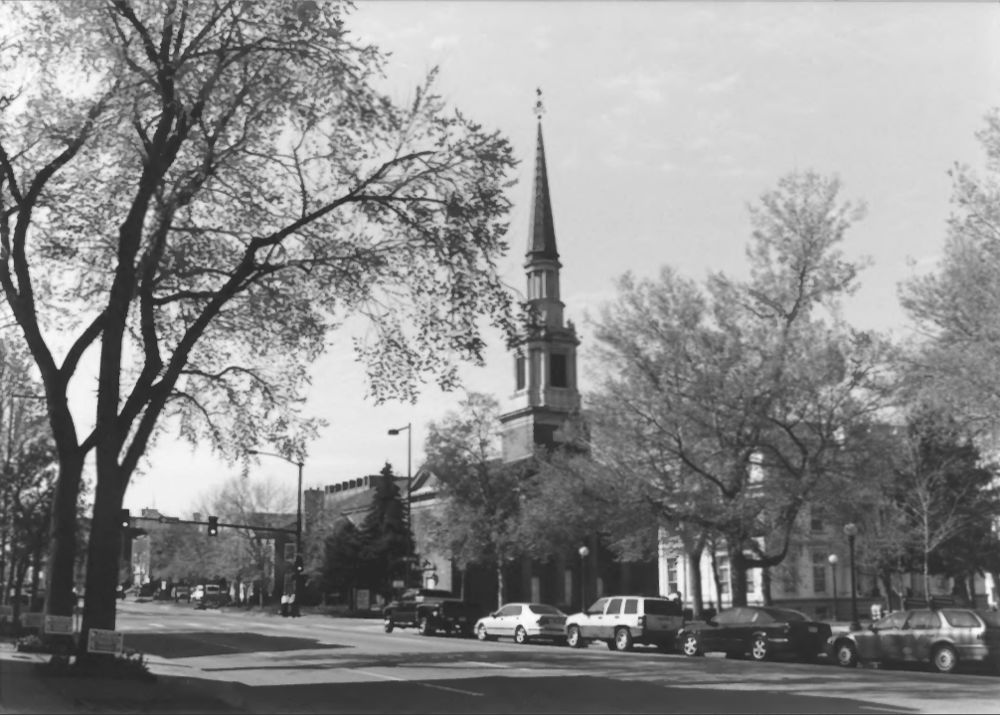
Reverend Walter McDuffie Potter formed the First Baptist Church of Denver with nine constituent members. President Warren G. Harding attended a service with the congregation in the early 20th Century. The first service at First Baptists' current location at the southwest corner of Grant Street and 14th Avenue was held during November 1938. Later, Martin Luther King Jr. delivered a sermon from the church's pulpit.
Source: National Register of Historic Places; Records from the Colorado Secretary of State's Office show First Baptist's official incorporation date as May 22, 1873.
Denver Health — 1860

In 1860, City Hospital was established in the region near Eighth Avenue and Lawrence Street. Later the health care facility would be known as Arapahoe County Hospital and then Denver General Hospital. Today, we know it as Denver Health, a hospital that employees and treats thousands in the metro area. The Denver hospital has a rich history including using horse-drawn ambulances starting in 1892 and breaking through racial boundaries the area in the early 1900s by employing "baby doctor” Justina Ford, one of just five African-American physicians in Colorado at the time.
Source: Denver Health
This article was updated from an earlier version to include Denver Health.
Business & data reporter Adrian D. Garcia can be reached via email at [email protected] or twitter.com/adriandgarcia.
Subscribe to Denverite’s newsletter here.

